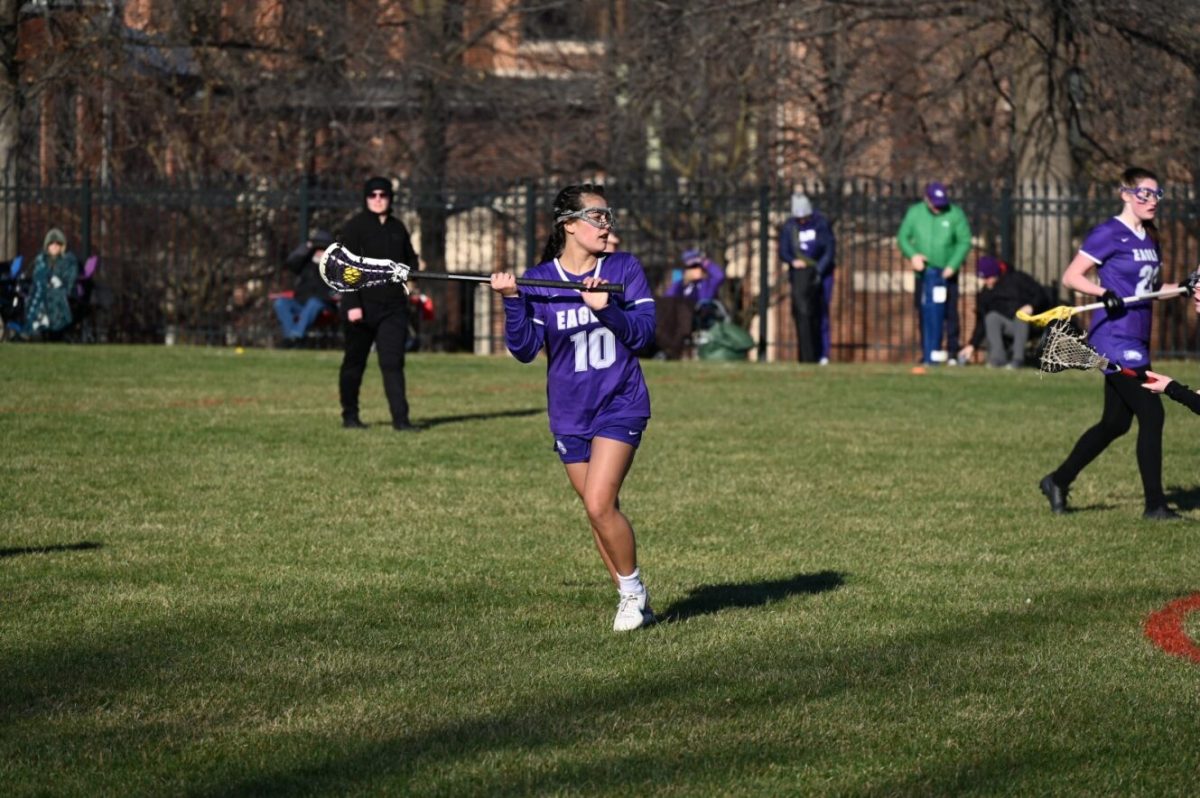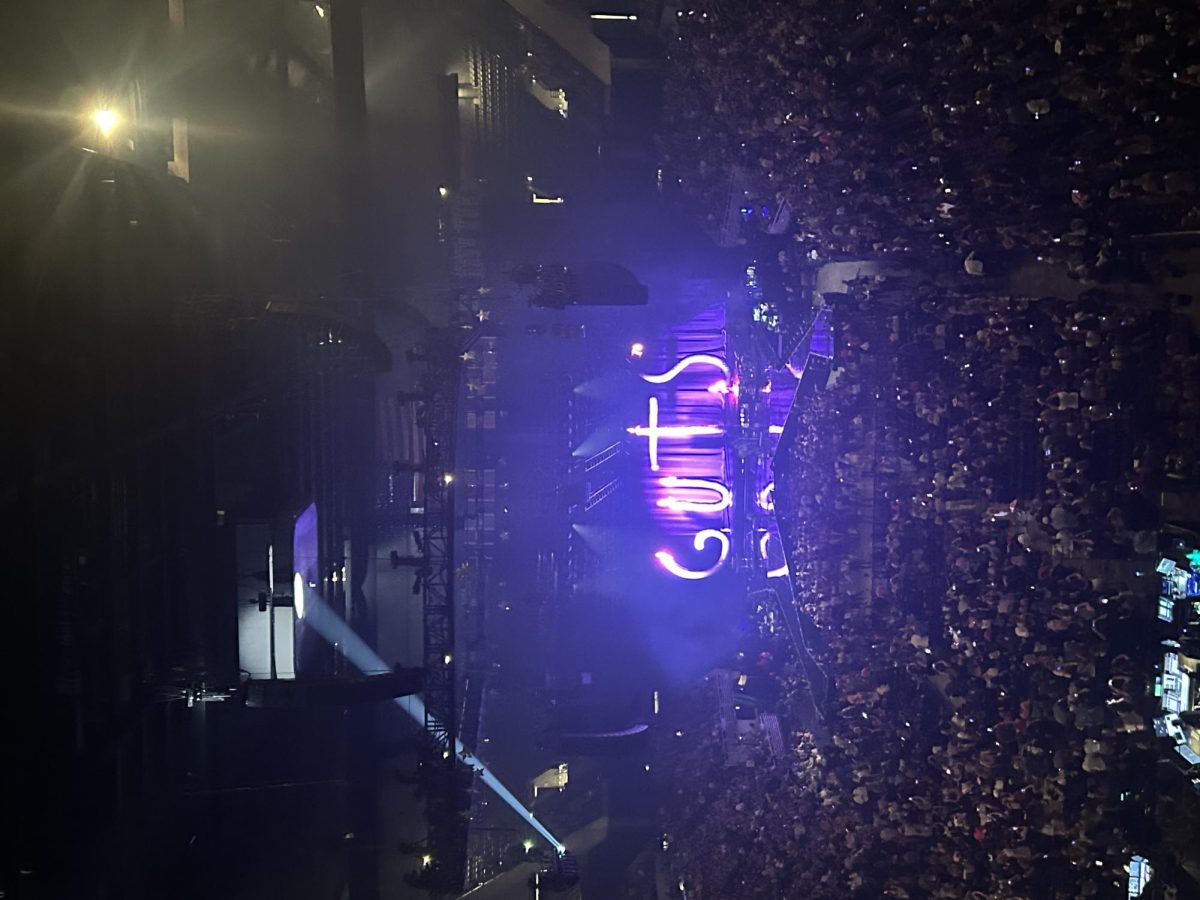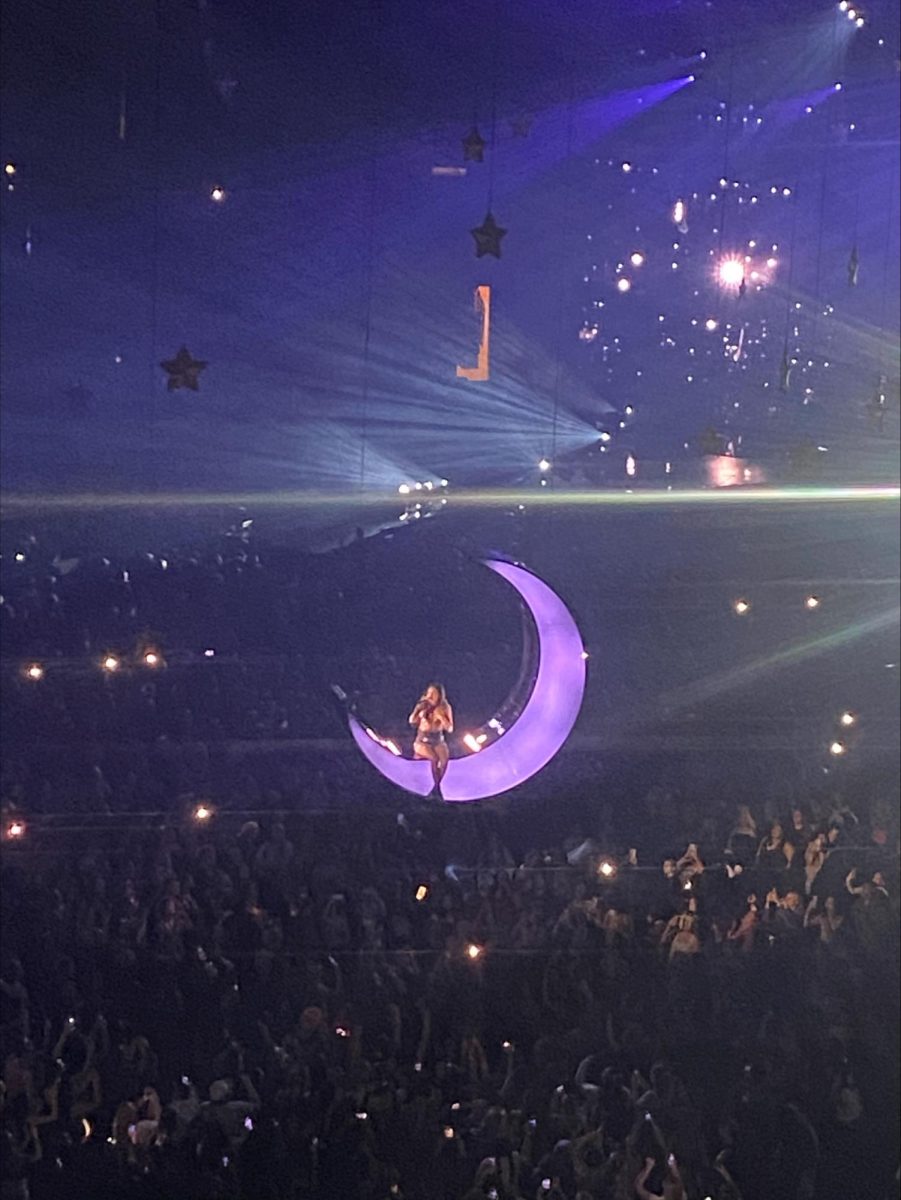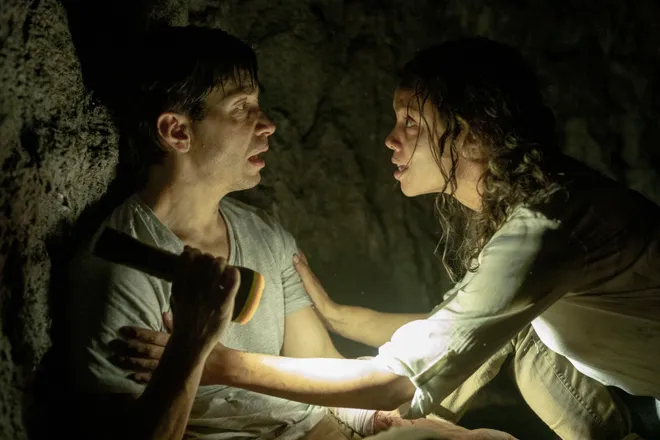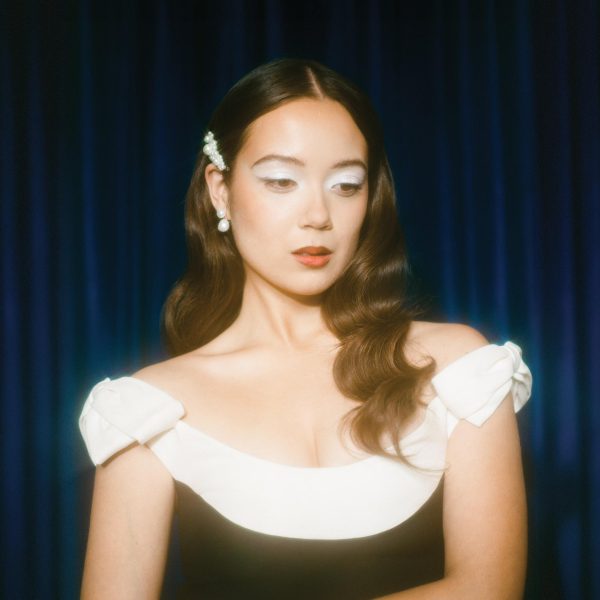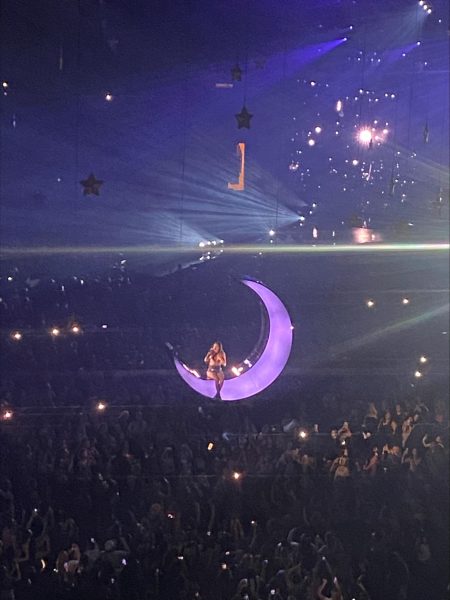The twists and turns of ‘Barbarian’
Zach Cregger’s debut feature subverts narrative conventions to deliver a refreshing original horror picture
2022 has been one of the greatest years for fans of horror films since the start of the genre. With the release of “Nope,” “X,” “The Black Phone” film connoisseurs have been flocking to theaters en masse. Zach Cregger’s highly anticipated, debut film “Barbarian” sold millions of tickets to theater-goers across the country.
“Barbarian” has a peculiar narrative structure.The first act spans about 45 minutes and follows Tess (Georgina Campbell), a young woman of color who is scheduled to be staying at an Airbnb a short distance outside of Detroit so she can attend a job interview in the city. When she arrives at the Airbnb for the first time, in the middle of the night during a rainstorm, she finds that the key is not where it belongs in the lockbox mounted next to the front door. Tess attempts to call the owner of the Airbnb, but only manages to reach a voicemail inbox. After a few more calls go unanswered, Tess pounds on the door of the Airbnb in frustration. To her surprise, a man answers the door. After Tess explains her situation to the man, who introduces himself as Keith (Bill Skarsgard) the pair find out that their Airbnb has been double-booked by the owner. The way the first act is framed largely follows the traditional pattern of horror movies. The main character Tess is introduced, and immediate threats are established. Yet the second act turns the story on its head.
Right as the first act closes, a cutscene shows a man named AJ (Justin Long) cruising down the highway in a sports car. As the scene progresses, the audience finds out that AJ is a famous actor, and is facing accusations of assault against a woman he worked with on a movie set. After setting up his background, AJ’s story connects to Tess’s when he arrives at her Airbnb.
The movie’s structure is untraditional because a new character is introduced in the second act. This proved to be a sticking point for Cregger while attempting to get his film produced. Although it does work well in “Barbarian,” the introduction of a new character causes some issues with pacing in the film during its final act. Due to the fact that the character AJ is only introduced 45 minutes into the film, he is only shown as part of the plot for slightly over half of the movie even though he is one of the leading characters. His story is only delved into for a short amount of time, which makes it feel as if the movie is cut short when it ends. When the credits started rolling at the theater, I was confused as to why the movie ended so soon. To fix this, Cregger should have lengthened the third act of the film so as to extend AJ’s story.
Although Barbarian had issues with its plot, Cregger proved the value of his film with its cinematography. While filming in the upstairs area of the Airbnb that Tess and Keith were staying in, Cregger took much inspiration from David Fincher, a renowned director. This means that Cregger and his cinematographer, Zach Kuperstein, used lots of motivated camera movements in which the cameras followed the characters and mimicked their movements. The camera stayed steady, which allowed for the calmness which characterizes the upstairs of the Airbnb and the first section of the film. In contrast, Cregger took inspiration from another director, Sam Raimi, when filming in the basement. Raimi is characterized by fast push-ins, canted angles, and quick cuts. This type of cinematography paired with a Sony Venice camera in order to film in the lowest possible light levels allowed the energy to ramp up during the haunting, high-energy chase scenes which “Barbarian” masterfully captures.
One other piece of “Barbarian” that expertly showcases the sophistication of the film is the Reagan-era flashback in the second act. One of the most noticeable differences between the flashback and the other sections of the movie is its different aspect ratio. The flashback has an aspect ratio of 4:3, whereas the rest of “Barbarian” has a standard ratio of 1.85:1. An aspect ratio denotes the size of the image that the movie will have on screen. So for the flashback in “Barbarian,” for every 4 inches of width in the image, there will be 3 inches of height. This is a notable element of intelligence from the filmmakers because the 4:3 aspect ratio is characteristic of older films, such as those filmed during the 1980s. The altered aspect ratio adds to the immersion of the audience in the movie.
Overall, the details that compose “Barbarian” make the film one of the best horror movies of 2022. Its originality is something that should be seen more in modern cinema, and Cregger’s perseverance with his script is undoubtedly inspirational. “Barbarian” is worth its runtime, and I am enthralled to see more of Cregger’s and Kuperstein’s work.
Your donation will support the student journalists of Omaha Central High School. Your contribution will allow us to purchase equipment and cover our annual website hosting costs.

Hi! I’m Claire (she/her). This is my first year as a staff writer for The Register, but I’ve enjoyed writing for as long as I can remember. When I’m...








